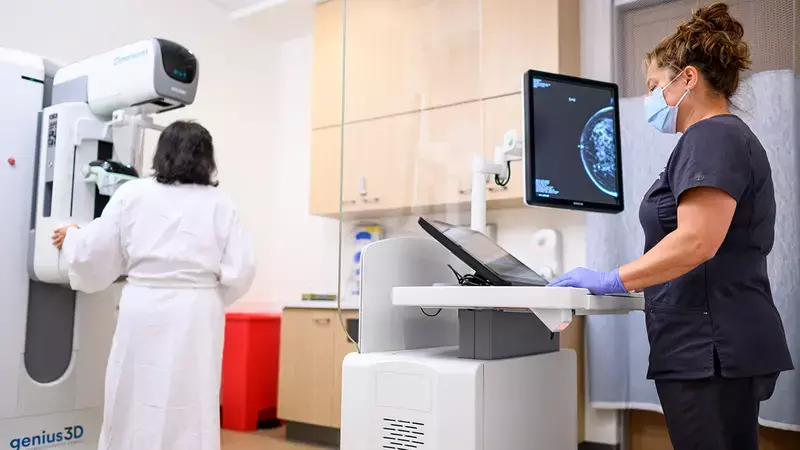- Home
- Medical news & Guidelines
- Anesthesiology
- Cardiology and CTVS
- Critical Care
- Dentistry
- Dermatology
- Diabetes and Endocrinology
- ENT
- Gastroenterology
- Medicine
- Nephrology
- Neurology
- Obstretics-Gynaecology
- Oncology
- Ophthalmology
- Orthopaedics
- Pediatrics-Neonatology
- Psychiatry
- Pulmonology
- Radiology
- Surgery
- Urology
- Laboratory Medicine
- Diet
- Nursing
- Paramedical
- Physiotherapy
- Health news
- Fact Check
- Bone Health Fact Check
- Brain Health Fact Check
- Cancer Related Fact Check
- Child Care Fact Check
- Dental and oral health fact check
- Diabetes and metabolic health fact check
- Diet and Nutrition Fact Check
- Eye and ENT Care Fact Check
- Fitness fact check
- Gut health fact check
- Heart health fact check
- Kidney health fact check
- Medical education fact check
- Men's health fact check
- Respiratory fact check
- Skin and hair care fact check
- Vaccine and Immunization fact check
- Women's health fact check
- AYUSH
- State News
- Andaman and Nicobar Islands
- Andhra Pradesh
- Arunachal Pradesh
- Assam
- Bihar
- Chandigarh
- Chattisgarh
- Dadra and Nagar Haveli
- Daman and Diu
- Delhi
- Goa
- Gujarat
- Haryana
- Himachal Pradesh
- Jammu & Kashmir
- Jharkhand
- Karnataka
- Kerala
- Ladakh
- Lakshadweep
- Madhya Pradesh
- Maharashtra
- Manipur
- Meghalaya
- Mizoram
- Nagaland
- Odisha
- Puducherry
- Punjab
- Rajasthan
- Sikkim
- Tamil Nadu
- Telangana
- Tripura
- Uttar Pradesh
- Uttrakhand
- West Bengal
- Medical Education
- Industry
Contrast-enhanced mammography superior to full-field digital mammography: Study

Contrast-enhanced mammography is an emerging breast imaging modality introduced in 2011 the diagnostic accuracy of which has been found superior to full-field digital mammography (FFDM), even matching the performance of breast MRI, in some studies.
A new study has confirmed the superiority and improved sensitivity and specificity of Contrast-enhanced mammography (CEM) compared to full-field digital mammography (FFDM).Neeter and peers conducted this work to assess CEM's diagnostic performance on a system from a different vendor.
The findings of this study has been published in Nature on 15th November, 2021.
Except for individuals with incomplete data or for whom CEM was used as a response monitoring technique, researchers included all patients who received CEM at one institution in 2019. The low-energy pictures were graded by three expert breast radiologists using the BI-RADS classification. Following that, the entire set of CEM tests was scored in the same manner. As a reference standard, histopathological findings or a minimum of one year of follow-up were employed. Diagnostic performance and AUC were determined and compared between low-energy pictures and the whole CEM examination, both separately and in combination, for all readers.
Breast cancer was discovered in 23.0% of the patients (35/152). Overall CEM sensitivity rose from 74.3 to 87.6% when compared to low-energy pictures, and specificity increased from 87.8 to 94.6%. The AUC rose from 0.872 to 0.957.
In summary, as compared to FFDM, CEM done on a Hologic system enhanced both sensitivity and specificity. The reported diagnostic performance is within the 95 percent confidence interval of summary ROC curves from a previously published meta-analysis. As a result, it can be fairly stated that the kind of CEM unit does not appear to be a deciding factor in experiments that use equipment from several suppliers.
Reference:
Neeter, L.M.F.H., Raat, H.P.J., Meens-Koreman, S.D. et al. The diagnostic value of contrast-enhanced 2D mammography in everyday clinical use. Sci Rep 11, 22224 (2021). https://doi.org/10.1038/s41598-021-01622-7
Medical Dialogues consists of a team of passionate medical/scientific writers, led by doctors and healthcare researchers. Our team efforts to bring you updated and timely news about the important happenings of the medical and healthcare sector. Our editorial team can be reached at editorial@medicaldialogues.in.
Dr Kamal Kant Kohli-MBBS, DTCD- a chest specialist with more than 30 years of practice and a flair for writing clinical articles, Dr Kamal Kant Kohli joined Medical Dialogues as a Chief Editor of Medical News. Besides writing articles, as an editor, he proofreads and verifies all the medical content published on Medical Dialogues including those coming from journals, studies,medical conferences,guidelines etc. Email: drkohli@medicaldialogues.in. Contact no. 011-43720751


